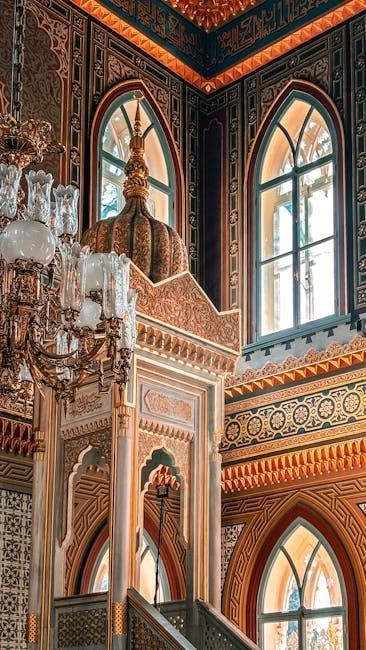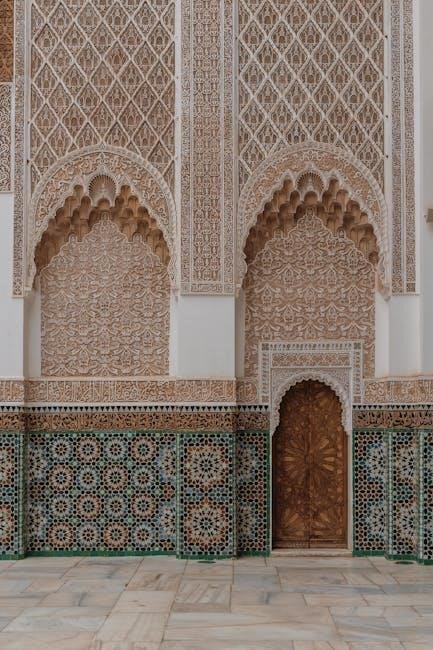Arabesque in Ballet: A Comprehensive Overview
Arabesque, a fundamental ballet pose, showcases balance, extension, and control․ A dancer stands on one leg, with the other extended behind․ Various arm positions enhance the line, creating a visually stunning display of artistry and technical proficiency in classical ballet․

Definition of Arabesque
The term “arabesque,” derived from Arabic fashion, defines a fundamental ballet position․ It involves a dancer standing gracefully on one leg, known as the supporting leg, while extending the other leg, the working leg, behind the body․ Crucially, the working leg is turned out, meaning rotated outwards from the hip, and held straight, creating a long, elegant line․ The arabesque is performed in profile, showcasing the dancer’s body alignment and extension․ Different arm positions accompany the leg extension, contributing to the overall aesthetic․ The position demands balance, control, and flexibility․ It is one of the most recognizable classical ballet positions, representing poise and artistic expression․ In essence, arabesque embodies a harmonious blend of strength, grace, and precision․ This position allows for variations depending on the school of ballet, such as French, Russian, or Italian, each with unique nuances in arm and body placement․ It is vital for dancers to master this pose early in their training due to its prevalence in choreographic sequences and its role in developing essential ballet skills․ Understanding arabesque is key to appreciating classical ballet․
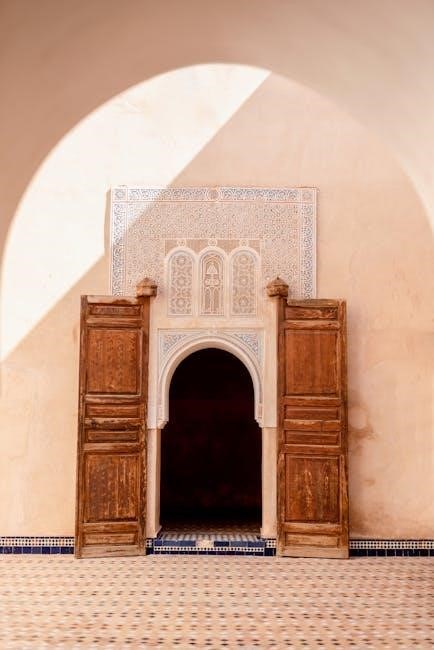
Importance of Arabesque in Ballet
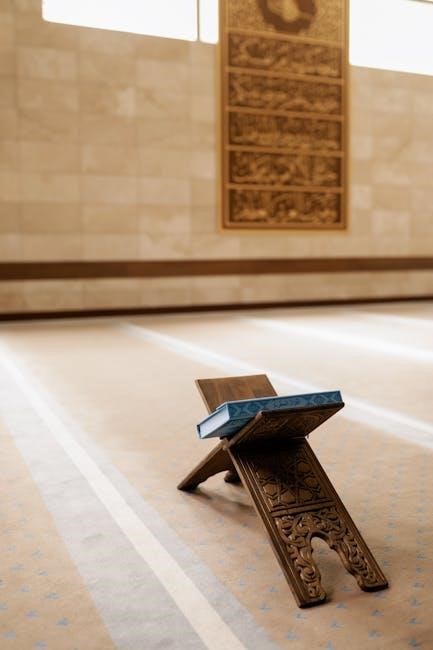
The arabesque holds paramount importance in ballet, serving as a cornerstone for developing essential skills and showcasing a dancer’s capabilities․ It is a fundamental position that tests and enhances a dancer’s balance, requiring precise control and stability on the supporting leg․ The extension of the working leg behind the body promotes flexibility and strengthens the back muscles․ Moreover, the arabesque cultivates proper alignment, ensuring the dancer maintains a straight spine and engages core muscles for optimal posture․ The position’s aesthetic appeal is undeniable, creating a visually striking line that embodies the elegance and grace of ballet․ Choreographers frequently incorporate arabesques into their works to highlight a dancer’s strength, control, and artistry․ Mastery of the arabesque is crucial for executing more complex steps and combinations․ It serves as a building block for jumps, turns, and other movements, enabling dancers to move with fluidity and precision․ The arabesque is also used to express a range of emotions, from joy and pride to vulnerability and longing, making it a versatile and expressive element of ballet vocabulary․ Thus, the arabesque is not merely a pose but a vital component of a dancer’s training and performance․
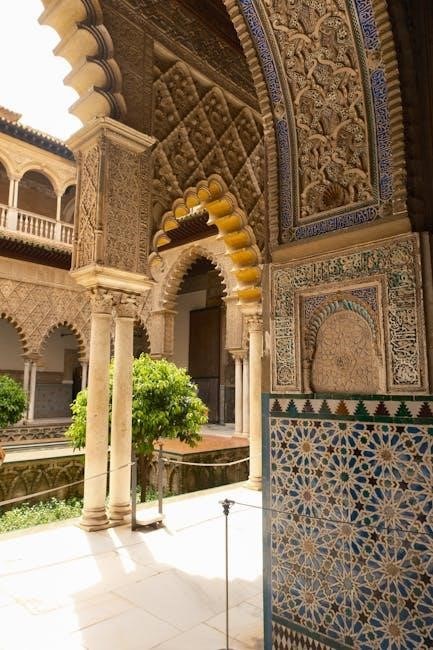
Basic Arabesque Position
The basic arabesque position in ballet is a foundational pose that requires specific alignment and technique․ The dancer stands on one leg, known as the supporting leg, which must be straight and strongly engaged to maintain balance․ The other leg, the working leg, is extended directly behind the body, turned out from the hip, and held straight or slightly bent, depending on the style and variation․ The height of the extended leg can vary, but ideally, it should be at least at a 90-degree angle to the supporting leg․ The hips must remain square to the audience, preventing them from opening up towards the extended leg․ The spine should be lengthened, and the core muscles engaged to maintain stability and prevent lower back strain․ The shoulders should be relaxed and down, with the chest lifted․ The arms are held in various positions to complement the line of the body, creating a harmonious and balanced aesthetic․ Common arm positions include one arm extended forward and the other extended to the side or slightly back․ The head should be held high, with the gaze directed forward, completing the elegant and elongated line of the arabesque․ Achieving a proper basic arabesque requires consistent practice and attention to detail․
Variations of Arabesque
The arabesque in ballet is not a static pose but rather a position with numerous variations, each offering a unique aesthetic and technical challenge․ These variations primarily differ in the height of the extended leg, the position of the arms, and the direction the dancer faces․
One common variation is the arabesque ouverte, where the dancer faces slightly downstage, allowing the audience to see more of their profile․ In contrast, the arabesque croisée involves the dancer facing upstage on a diagonal, creating a more closed and intimate line․
The height of the extended leg also defines different arabesques․ An arabesque à terre is performed with the working leg remaining on the ground, emphasizing control and balance․ As the leg is raised higher, it becomes an arabesque à demi-hauteur (half height) or arabesque à la seconde (to the side), demanding greater flexibility and strength․
Further variations include arabesque penchée, where the dancer leans forward from the hips, raising the working leg even higher to create a dramatic and extended line․ The arms can also be positioned in various ways, such as one arm forward and one to the side, both arms forward, or even one arm reaching back towards the extended leg․ Each variation of the arabesque requires precise technique and control to maintain balance and create a visually pleasing shape․
Arm Positions in Arabesque
The arm positions in arabesque are crucial for creating balance, harmony, and expressive lines․ While the leg extension defines the basic shape, the arms complete the pose and contribute significantly to its overall aesthetic․ The most common arm positions involve one arm extended forward in line with the supporting leg and the other extended to the side or slightly back․
In first arabesque, the arm on the same side as the supporting leg extends forward, while the opposite arm extends to the side, creating a balanced and open line․ Second arabesque typically features the forward arm on the same side as the supporting leg, but the other arm is extended further back, enhancing the feeling of length and reach․
Another variation involves both arms extended forward, creating a more unified and focused line․ This position often requires greater core strength and balance to maintain stability․ Some dancers may also choose to extend one arm upward in fifth position while the other remains in a lower position, adding a sense of elevation and grace․
The choice of arm position depends on the choreography and the desired expression․ The arms should always be soft and fluid, complementing the line of the legs and torso, and contributing to the overall narrative of the dance․ Precise arm placement enhances the visual impact of the arabesque, transforming it from a simple pose into a dynamic and expressive movement․
Arabesque Penché
Arabesque Penché is a captivating variation of the standard arabesque, distinguished by a significant forward tilt of the torso․ This tilt causes the dancer’s head to descend below the height of the supporting leg, creating a dramatic and visually stunning effect․ The working leg, extended behind the body, rises higher to counterbalance the forward lean, demanding exceptional flexibility and control․
Executing an Arabesque Penché requires considerable strength in the back and core muscles to maintain balance and prevent injury․ The dancer must also possess a high degree of hamstring flexibility to achieve the necessary leg extension․ The arms play a crucial role in maintaining equilibrium, often extended to the sides or forward to provide counterweight․
This variation is frequently used to convey intense emotion, such as longing, vulnerability, or dramatic tension․ The extreme angle of the body creates a sense of precariousness and vulnerability, adding depth to the performance․ Arabesque Penché is often incorporated into solos or pas de deux to showcase a dancer’s technical prowess and expressive capabilities․
The pose demands precise alignment and control, making it a challenging yet rewarding element in ballet choreography․ Its visual impact is undeniable, drawing the audience’s attention and highlighting the dancer’s strength, flexibility, and artistry․ It is a testament to the dancer’s dedication and mastery of classical ballet technique․
Arabesque in Repertoire
The arabesque holds a prominent place in classical ballet repertoire, gracing numerous iconic ballets with its elegant lines and expressive potential․ Its versatility allows it to be seamlessly integrated into various choreographic sequences, adding depth and beauty to the narrative․ From the ethereal scenes of “Swan Lake” to the vibrant storytelling of “Don Quixote,” the arabesque enhances the visual tapestry of these timeless works․
In “Giselle,” the arabesque often portrays the title character’s fragility and otherworldly grace․ Conversely, in “Le Corsaire,” it can embody Medora’s strength and defiance․ Each ballet utilizes the arabesque to emphasize specific character traits and advance the plot․
Choreographers employ different variations of the arabesque to convey diverse emotions and nuances․ A low arabesque may suggest introspection, while a high, soaring arabesque can represent triumph or liberation․ The subtle adjustments in arm placement, body angle, and leg extension contribute to the overall expressive effect․
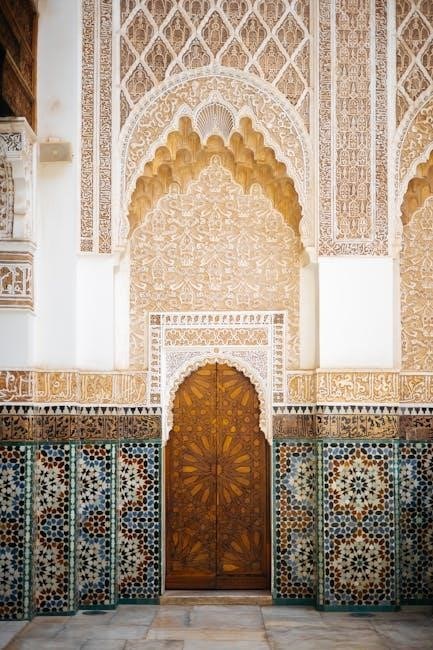
The arabesque serves as a cornerstone of classical technique, demanding precision, balance, and control․ Dancers must demonstrate mastery of this pose to excel in leading roles․ Its frequent appearance in ballets underscores its significance in shaping the aesthetic and emotional impact of the performance․ The arabesque is not merely a step but a vital element in the language of ballet․
Emotional Expression Through Arabesque
The arabesque in ballet transcends mere technical execution; it serves as a powerful conduit for emotional expression․ Through subtle adjustments in posture, arm placement, and facial expression, dancers can imbue the arabesque with a wide range of feelings, from joy and pride to jealousy and despair․ The angle of the extended leg, the curve of the spine, and the gaze of the eyes all contribute to the emotional narrative․
A soaring, open arabesque can convey feelings of liberation and triumph, while a more contained, inward-focused arabesque might suggest introspection or vulnerability․ The dancer’s ability to connect with the underlying emotions of the choreography and translate them into the physical form of the arabesque is essential for captivating the audience․
Furthermore, the relationship between the dancer’s body and the music plays a crucial role in shaping the emotional impact of the arabesque․ A sustained, flowing arabesque can mirror the melodic line of the music, while a more staccato, angular arabesque might reflect a sense of tension or conflict․
Ultimately, the emotional expression conveyed through the arabesque hinges on the dancer’s artistry and their ability to connect with the audience on a visceral level․ It is through this fusion of technique and emotion that the arabesque becomes a truly compelling and unforgettable moment in performance․
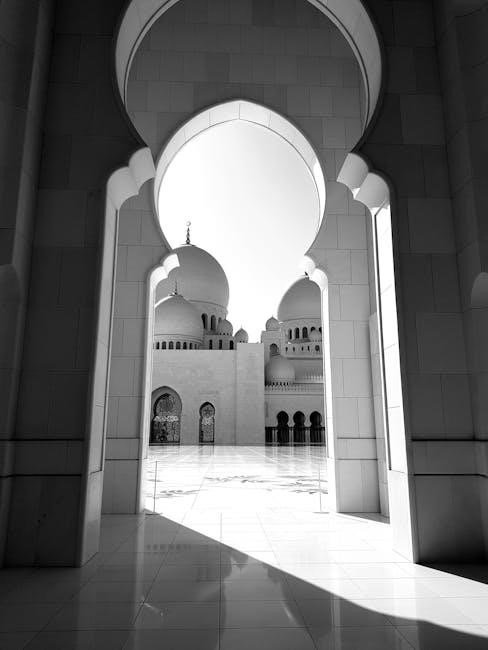
Arabesque in Auditions and Applications (PDF Requirements)
The arabesque plays a pivotal role in ballet auditions and applications, serving as a key indicator of a dancer’s technical proficiency and artistic potential․ Many ballet schools and companies require applicants to submit photographs or videos demonstrating their arabesque, often specifying particular angles and arm positions․ These submissions are typically required in PDF format, ensuring compatibility and ease of access for the admissions committee․
A well-executed arabesque in an audition showcases a dancer’s balance, flexibility, and line․ The ability to maintain a stable, extended arabesque, demonstrating control and poise, is highly valued․ Moreover, the arabesque reveals a dancer’s understanding of épaulement, the subtle повороты of the shoulders and torso that add depth and expression to the pose․
Specific requirements for arabesque photographs or videos may include: a first arabesque facing profile, ensuring the full body is visible; clear visibility of the face, allowing for easy identification; and adherence to specified angles (e․g․, a minimum of 90 degrees for the extended leg)․ Applicants currently studying en pointe may be asked to perform the arabesque sur la pointe, while those not yet en pointe can perform it en relevé in soft ballet slippers․
Submitting high-quality photographs or videos in the required PDF format is crucial for making a positive impression and showcasing one’s arabesque to its fullest potential․
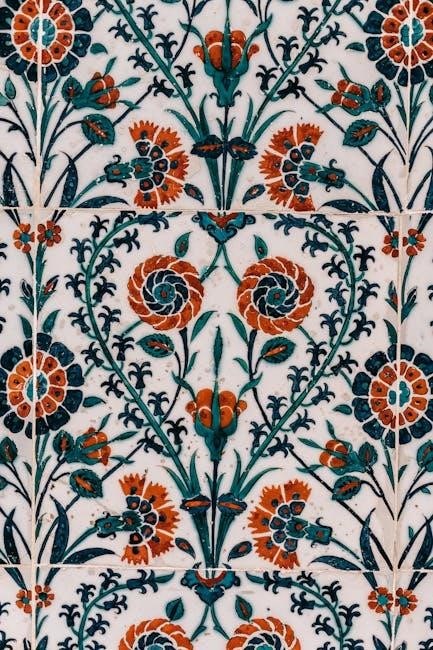
Arabesque as a Test of Balance and Control
The arabesque serves as a crucial test of a ballet dancer’s balance and control․ Maintaining a stable and graceful arabesque requires immense strength in the supporting leg, core stability, and precise coordination of the entire body․ The dancer must find their center of gravity while extending one leg behind, challenging their equilibrium․
Control is equally important, as the dancer must execute the arabesque with fluidity and precision․ This involves not only achieving the correct position but also holding it with unwavering stability․ The arms play a vital role in maintaining balance, acting as counterweights to the extended leg․ The dancer must also control their épaulement, ensuring that the shoulders and torso are aligned to enhance the overall line of the arabesque․
Moreover, the ability to transition smoothly into and out of the arabesque demonstrates a dancer’s mastery of movement and control․ A controlled descent from an arabesque is just as important as a well-executed ascent․
Ultimately, the arabesque is a comprehensive assessment of a dancer’s physical and technical capabilities․ It requires strength, flexibility, balance, control, and artistic expression, making it a cornerstone of ballet training and performance․
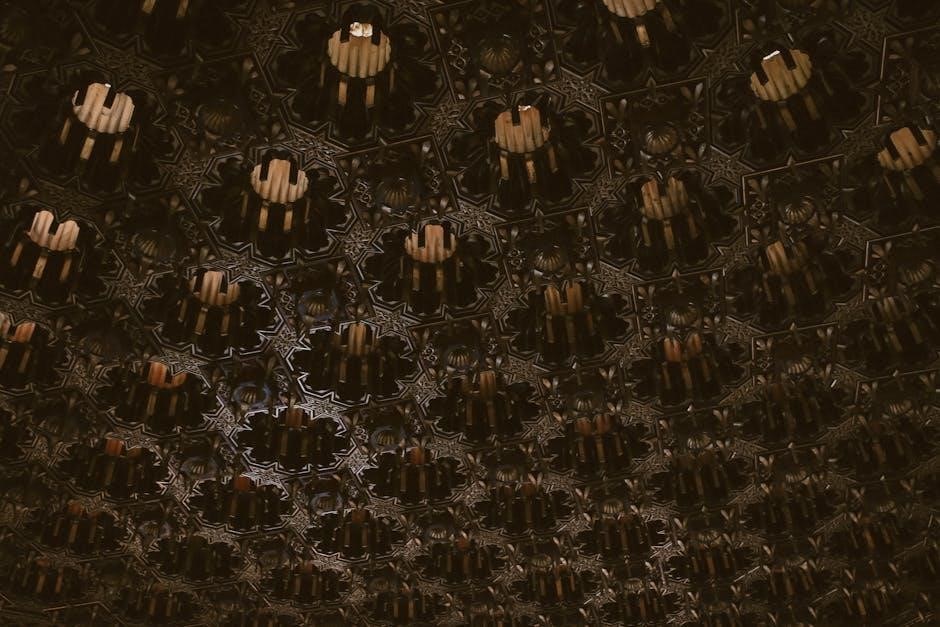
Arabesque in Modern and Contemporary Dance
While the arabesque is deeply rooted in classical ballet, it has also found its place, albeit often transformed, within modern and contemporary dance․ In these genres, the arabesque is frequently deconstructed and reimagined, serving as a springboard for innovative movement and expression․ Dancers may explore asymmetrical variations, breaking away from the strict alignment and turnout of classical ballet․
The use of the arabesque in modern and contemporary dance often emphasizes the exploration of weight, momentum, and off-center movements; Dancers might incorporate floor work, unconventional arm positions, or shifts in balance that challenge the traditional aesthetic of the arabesque․
Furthermore, the arabesque can be used to convey a wider range of emotions and narratives in modern and contemporary dance․ It may be incorporated into sequences that explore themes of vulnerability, resilience, or the human condition․ Choreographers often use the arabesque to create moments of stillness or suspension, allowing the audience to contemplate the dancer’s form and expression․
Ultimately, the arabesque in modern and contemporary dance serves as a testament to the versatility and adaptability of this iconic ballet pose․ It is a reminder that even the most classical of movements can be transformed and reinterpreted to create new and compelling artistic statements․
